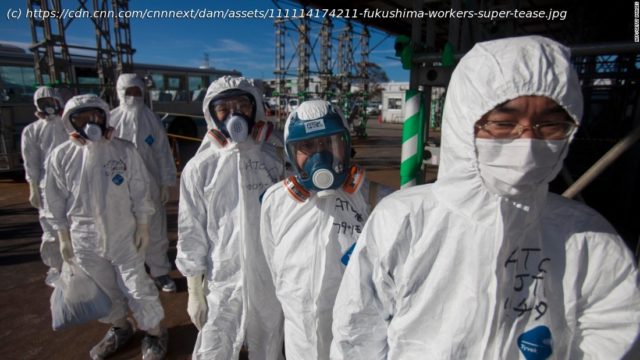Read CNN’s 2011 Japan Earthquake – Tsunami Fast Facts to learn more about the disaster that struck Japan in March of 2011.
March 11,2011 – At 2:46 p.m., a 9.1 magnitude earthquake takes place 231 miles northeast of Tokyo at a depth of 15.2 miles. The earthquake causes a tsunami with 30-foot waves that damage several nuclear reactors in the area. It is the largest earthquake ever to hit Japan. Number of people killed and missing (Source: Japan’s Fire and Disaster Management Agency) The combined total of confirmed deaths and missing is more than 22,000 (nearly 20,000 deaths and 2,500 missing). Deaths were caused by the initial earthquake and tsunami and by post-disaster health conditions. Other Facts At the time of the earthquake, Japan had 54 nuclear reactors, with two under construction, and 17 power plants, that produced about 30% of Japan’s electricity ( IAEA 2011). Material damage from the earthquake and tsunami is estimated at about 25 trillion yen ($300 billion). There are six reactors at Tokyo Electric Power Company’s Fukushima Daiichi plant, located about 65 km (40 miles) south of Sendai. A microsievert (mSv) is an internationally recognized unit measuring radiation dosage. People are typically exposed to a total of about 1,000 microsieverts in one year. The Japanese government estimated that the tsunami swept about five million tons of debris offshore, but that 70% sank, leaving 1.5 million tons floating in the Pacific Ocean. The debris was not considered to be radioactive. READ MORE: Fukushima: Five years after Japan’s worst nuclear disaster Timeline All times and dates are local Japanese time. March 11,2011 – At 2:46 p.m., an 8.9 magnitude earthquake takes place 231 miles northeast of Tokyo. (8.9 = original recorded magnitude; later upgraded to 9.0, then 9.1.) – The Pacific Tsunami Warning Center issues a tsunami warning for the Pacific Ocean from Japan to the US. About an hour after the quake, waves up to 30 feet high hit the Japanese coast, sweeping away vehicles, causing buildings to collapse, and severing roads and highways. – The Japanese government declares a state of emergency for the nuclear power plant near Sendai,180 miles from Tokyo. Sixty to seventy thousand people living nearby are ordered to evacuate to shelters. March 12,2011 – Overnight, a 6.2 magnitude aftershock hits the Nagano and Niigata prefectures (USGS). – At 5:00 a.m., a nuclear emergency is declared at Fukushima Daiichi nuclear power plant. Officials report the earthquake and tsunami have cut off the plant’s electrical power, and that backup generators have been disabled by the tsunami. – Another aftershock hits the west coast of Honshu – 6.3 magnitude. (5:56 a.m.) – The Japanese Nuclear and Industrial Safety Agency announces that radiation near the plant’s main gate is more than eight times the normal level. – Cooling systems at three of the four units at the Fukushima Daini plant fail prompting state of emergency declarations there. – At least six million homes – 10% of Japan’s households – are without electricity, and a million are without water. – The US Geological Survey says the quake appears to have moved Honshu, Japan’s main island, by eight feet and has shifted the earth on its axis. – About 9,500 people – half the town’s population – are reported to be unaccounted for in Minamisanriku on Japan’s Pacific coast. March 13,2011 – People living within 10 kilometers (6.2 miles) of the Fukushima Daini and 20 kilometers of the Fukushima Daiichi power plants begin a government-ordered evacuation. The total evacuated so far is about 185,000. – 50,000 Japan Self-Defense Forces personnel,190 aircraft and 25 ships are deployed to help with rescue efforts. – A government official says a partial meltdown may be occurring at the damaged Fukushima Daiichi plant, sparking fears of a widespread release of radioactive material. So far, three units there have experienced major problems in cooling radioactive material. March 14, 2011 – The US Geological Survey upgrades its measure of the earthquake to magnitude 9.0 from 8.9. – An explosion at the Daiichi plant No.3 reactor causes a building’s wall to collapse, injuring six. The 600 residents remaining within 30 kilometers of the plant, despite an earlier evacuation order, have been ordered to stay indoors. – The No.2 reactor at the Daiichi plant loses its cooling capabilities. Officials quickly work to pump seawater into the reactor, as they have been doing with two other reactors at the same plant, and the situation is resolved. Workers scramble to cool down fuel rods at two other reactors at the plant – No.1 and No.3. – Rolling blackouts begin in parts of Tokyo and eight prefectures.






